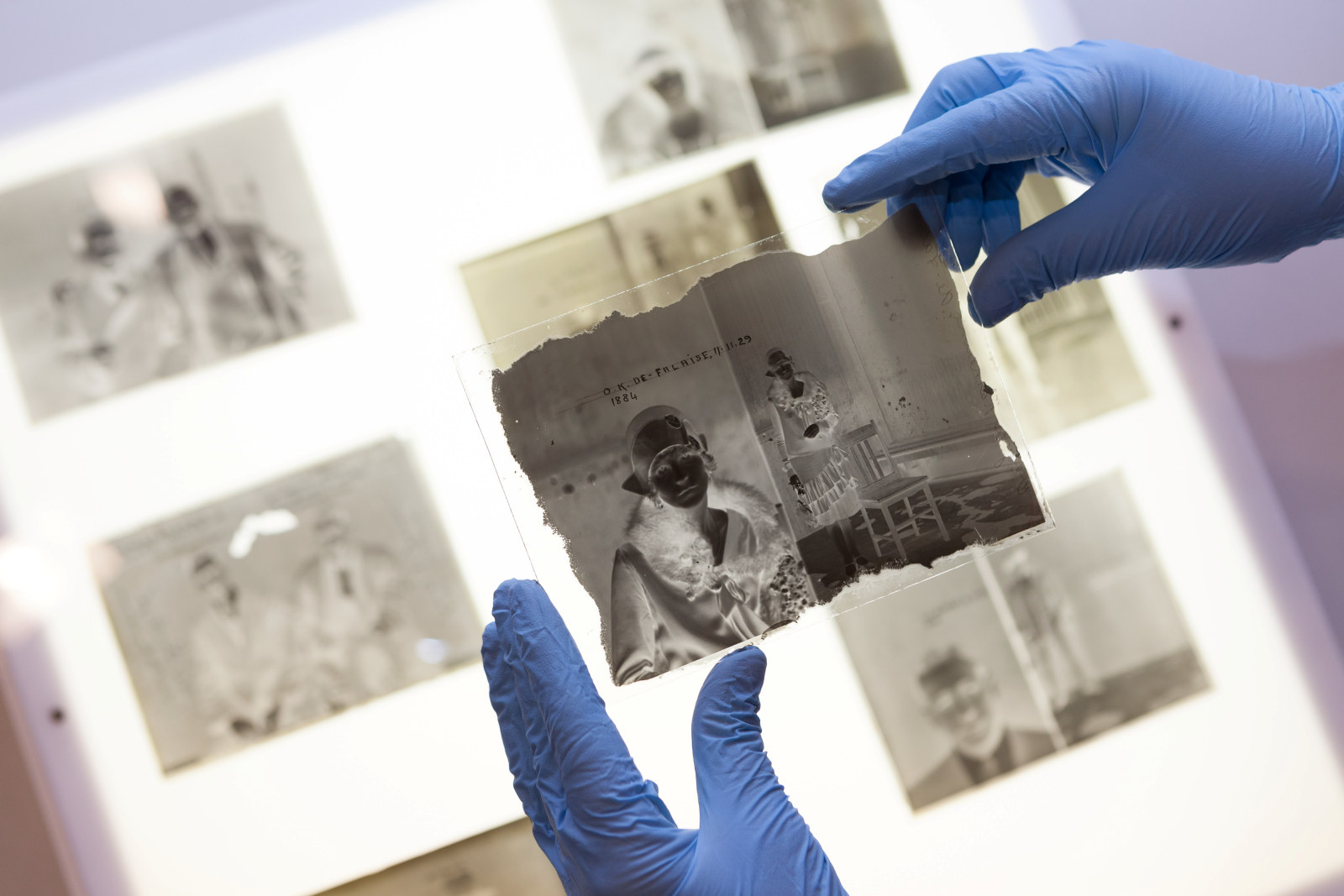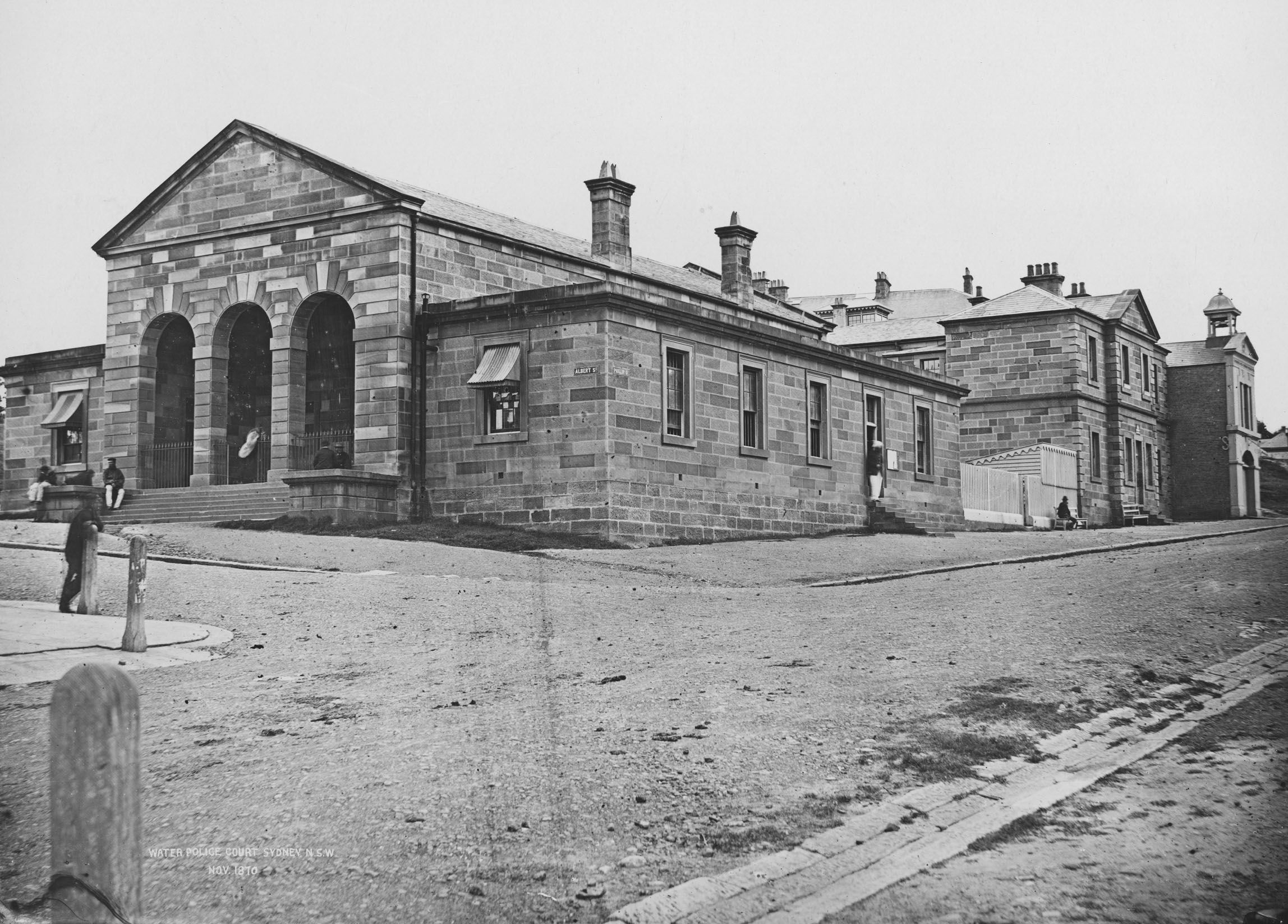If these walls could talk: Justice & Police Museum
The Justice & Police Museum houses the Water Police Station, Water Police Court and Police Court that once made up one of the city’s busiest legal hubs. Crooks and cops, thugs and judges, locals and drifters – the guilty and the innocent have all left their stories here.
Queen of the underworld: Kate Leigh
Notorious Sydney criminal Kate Leigh has an interesting association with the Justice & Police Museum. At the beginning of her long criminal career she appeared before the Water Police Court on charges of perjury, first in 1905 and again in 1914. Leigh never gave much information to a court and so simply replied, ‘Not guilty. I reserve my defence’ when questioned by the magistrate in 1914 about some less-than-truthful statements she’d made in a previous court case. She was later found guilty by a higher court of providing a false alibi for her lover Samuel ‘Jewey’ Freeman. This conviction was a pivotal moment for Leigh – after being sentenced, she allegedly mumbled, ‘Seven years for stickin’ to a man. I’ll swing before I stick to another’.
On release from prison Leigh began making her fortune in the lucrative inner-city sly grog and cocaine trade. She dominated this illicit business and used her own hired muscle to keep rivals at bay. Leigh, however, could defend herself, as was the case in 1930 when she shot dead the gangster John ‘Snowy’ Prendergast, who had broken into her home. She was acquitted of his murder on the grounds of self-defence.
The infamous gunman John ‘Chow’ Hayes summed up her character when he said, ‘If you were sweet with Kate, she’d do anything for you and give you anything. But if you crossed her, she’d shoot you'.
A ‘gentlemanly-looking’ criminal: Captain Moonlite
Andrew George Scott invented the alias ‘Captain Moonlite’ during a foolish robbery he committed in Egerton, Victoria, in 1869. Wearing a simple disguise, Scott forced the local bank manager – who was a good friend of his – to open the bank safe, which contained gold and other valuables. Scott’s attempts to conceal his identity didn’t fool his friend but by the time police investigated, he’d fled to Sydney.
After depositing the stolen gold at the Mint, Scott went on a wild spending spree. Even when he ran out of money, he continued to write cheques, including one to buy a yacht on which he intended to sail to Fiji. But before he could effect his escape, he was caught by officers from the Water Police Station and locked up in its crowded cells.
On 30 November 1870, newspapers reported that Scott, a ‘gentlemanly-looking individual’, appeared before the Water Police Court on charges of obtaining money by false pretences. He was eventually found guilty and sentenced to prison. Scott next appeared before the court in 1872, charged with the Egerton robbery, and this time he was sent to a Victorian prison. Upon his release he headed back to NSW.
Scott later became a bushranger, leading a small group of outlaws. In 1879 he engaged in a desperate battle with police at Wantabadgery station, outside Wagga Wagga, which led to the deaths of a police officer and two members of the gang. Scott was found guilty of murder and hanged at Darlinghurst Gaol in 1880. His death mask now resides in the Justice & Police Museum collection.
Published on
Related stories
Browse all
Alexander Riley, legendary Aboriginal police tracker
The remarkable talents of Aboriginal trackers who worked for NSW Police in the 20th century are featured in a display at the Justice & Police Museum

Glass-plate photography
The collection of glass-plate negatives held in the State Archives and Justice & Police Museum are endlessly fascinating and revealing

Come in spinner!
Gambling in Australia is regulated by the state and some types of gambling are illegal. The game Two-up, with its catch cry of ‘Come in Spinner!’, is legal only on Anzac Day and only in some states

Museum stories
Gritty business
Immerse yourself in Sydney's chilling criminal past in this unique water-front museum of policing, law and disorder – with its grizzly collection of underworld weapons along with tales of mayhem and lawlessness, aptly described as an educational resource befitting a 'professor in crime'
